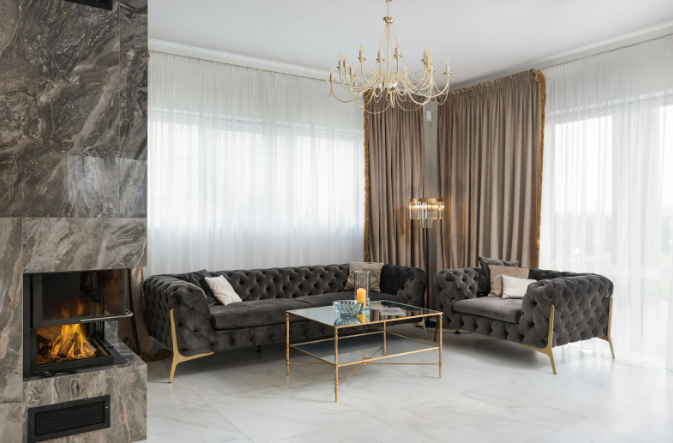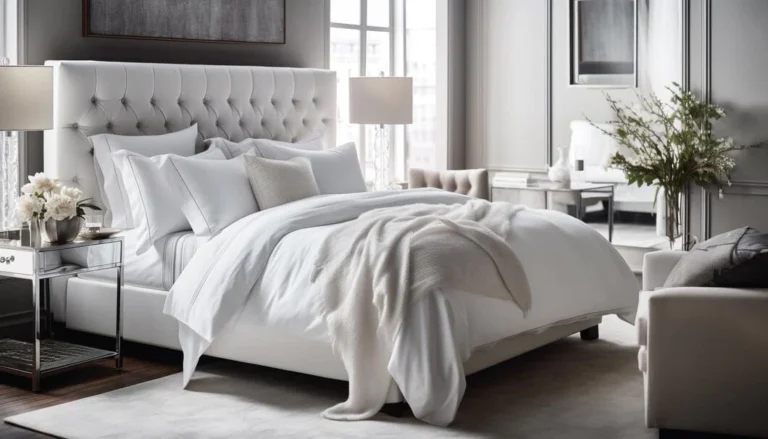
Picture this: a warm room bathed in soft daylight, curtains whispering gently, yet just out of sight, they hold a quiet strength—the ability to resist fire. That’s the beauty and importance of fire retardant curtains. Not just decor, but a subtle guardian. For operators of hotels, care homes, schools—or anyone responsible for people’s safety—knowing how to choose the right curtains could save lives.
What Exactly Are Fire Retardant Curtains—and Why They Matter
Fire retardant curtains are fabrics engineered to reduce ignition risk or slow flame spread. They’re a key element of passive fire protection, helping to contain fires and stopper escalation in public and commercial spaces. You’ll find them in hotels, schools, healthcare environments—where safety and compliance intersect.
Avoid the Confusion—Stylish Drapery vs Active Fire Curtains
You might run into two different things labeled “fire curtains,” so here’s a quick guide:
- Fire retardant curtains are made of fabrics that resist flame; they don’t deploy or move—they’re decorative but safe.
- Active fire curtains, by contrast, deploy when smoke or fire is detected—creating instant fire barriers (common in atriums, lobbies, and large escape routes).
We’re focused here on the decorative—still lifesaving—curtains you hang at your windows, not the mechanical systems.
UK Standards & Compliance — Getting it Right
BS 5867 Part 2B vs Part 2C
- BS 5867 Part 2B – suitable for up to ~10 washes. Useful where cleaning isn’t frequent.
- BS 5867 Part 2C – inherently flame retardant, holds through ~50 washes. Ideal for care homes, hospitals, busy hotels.
Use-Specific Requirements
Designated buildings classify risk levels:
- Schools, museums → usually B is fine.
- High-risk settings like secure hospital wards → C is mandatory.
International Standards & Context
France’s M1 and Germany’s B1 are similar in rigor to BS 5867 Part 2C—but UK specialists often recommend sticking with BS standards to satisfy insurers and fire officers.
Types of Fire Retardant Fabric
- Inherent FR (IFR): Flame-resistance built into the yarn—durable and washable.
- Durable FR (DFR): Treated to remain after multiple washes—robust but may fade eventually.
- Non-durable or Re‑treatable: Cheaper but loses effectiveness—needs retreatment or replacement.
Choosing the Right Curtains—Practical Tips
Begin with Standards
Confirm both curtain face and lining meet the same BS standard. A C face with a B lining drops overall compliance to B.
Laundering & Care
IFR fabrics maintain properties through regular washing. Chemically treated ones need careful handling—and re-testing after each wash cycle.
Additional Features?
Need blackout, dimout, custom colours or large-scale coverage? Many suppliers offer these FR capabilities without compromising safety. Think hotels, theatres, and uniform chain branding.
How Passive Fire Protection and FR Curtains Work Together
Passive fire protection—including FR curtains—is passive; it slows or contains fire without needing activation. Active systems like sprinklers and alarms then engage to suppress or detect. The combination gives maximum safety.
Fire retardant curtains blend safety with style. Picking the right curtain fabric, certified to BS 5867, properly maintained, and aligned with building risk—builds real protection, not just compliance.
If you’re after tailored, certified, stylish FR curtains, Space Commercial Interiors delivers exactly that.
Looking to explore tailored fire-safe textiles for your property or project? Let’s keep your spaces both beautiful and safe.






